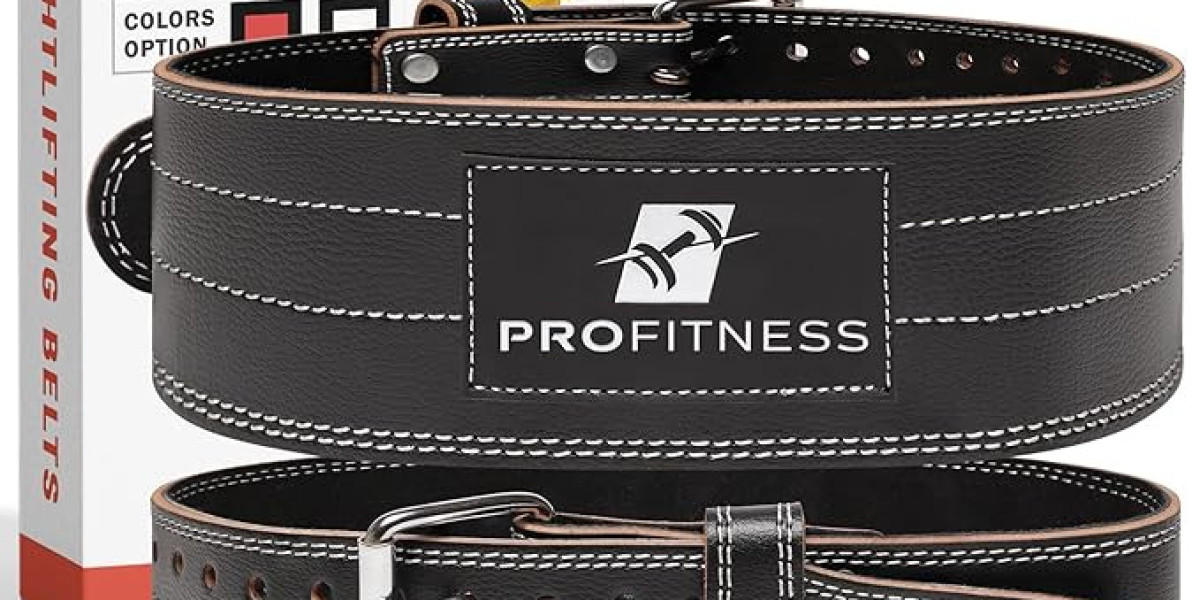Weight lifting belts are invaluable tools for enhancing performance and safety during strength training exercises. However, with various styles, materials, and features available, selecting the right weight lifting belt can be overwhelming. To aid you in making an informed decision, here's a comprehensive guide on how to choose the perfect weight lifting belt:
1. Determine Your Training Goals: Before delving into the specifics of weight lifting belts, assess your training goals and needs. Are you primarily focused on powerlifting, bodybuilding, or general strength training? Understanding your objectives will help you narrow down the options and choose a belt tailored to your specific training regimen.
2. Understand the Purpose of a Weight Lifting Belt: A weight lifting belt serves multiple functions, including providing support to the lower back and core, enhancing intra-abdominal pressure, and stabilizing the spine during heavy lifts. Familiarize yourself with the primary purpose of a weight lifting belt to ensure that your chosen belt aligns with your training requirements.
3. Consider Belt Width and Thickness: Weight lifting belts come in various widths and thicknesses, each offering distinct benefits. A wider belt provides greater support and stability to the lower back and core, making it ideal for heavy lifting and powerlifting movements. Conversely, a narrower belt may offer more flexibility and comfort during dynamic exercises like Olympic lifts.
4. Choose the Right Material: Weight lifting belts are typically constructed from leather, nylon, or a combination of both materials. Leather belts are renowned for their durability, longevity, and superior support, making them a popular choice among serious lifters. Nylon belts, on the other hand, are lightweight, affordable, and suitable for a wide range of exercises.
5. Determine Closure Mechanism: Weight lifting belts feature different closure mechanisms, such as prong buckles, lever buckles, and Velcro straps. Prong buckles offer simplicity and adjustability, while lever buckles provide quick and secure fastening for heavy lifts. Velcro straps are convenient for easy adjustments but may not offer the same level of stability as buckle closures.
6. Assess Belt Adjustability: Ensure that the weight lifting belt you choose is adjustable to accommodate fluctuations in body size and changes in training intensity. Look for belts with multiple adjustment holes or customizable sizing options to achieve a snug and comfortable fit around the waist.
7. Prioritize Comfort and Mobility: While support and stability are crucial, it's essential to prioritize comfort and mobility when selecting a weight lifting belt. Choose a belt that allows for unrestricted movement and doesn't impede your range of motion during exercises like squats, deadlifts, and overhead presses.
8. Seek Recommendations and Reviews: Gather insights from experienced lifters, coaches, and fitness professionals to inform your decision. Seek recommendations on reputable brands, reliable models, and best practices for using weight lifting belts effectively. Additionally, read customer reviews and testimonials to gain firsthand perspectives on the performance and durability of specific belts.
Conclusion: Choosing the right weight lifting belt requires careful consideration of factors such as training goals, belt width and thickness, material, closure mechanism, adjustability, comfort, and mobility. By following this comprehensive guide and conducting thorough research, you can select a weight lifting belt that enhances your performance, supports your lifting goals, and minimizes the risk of injury during strength training sessions.








